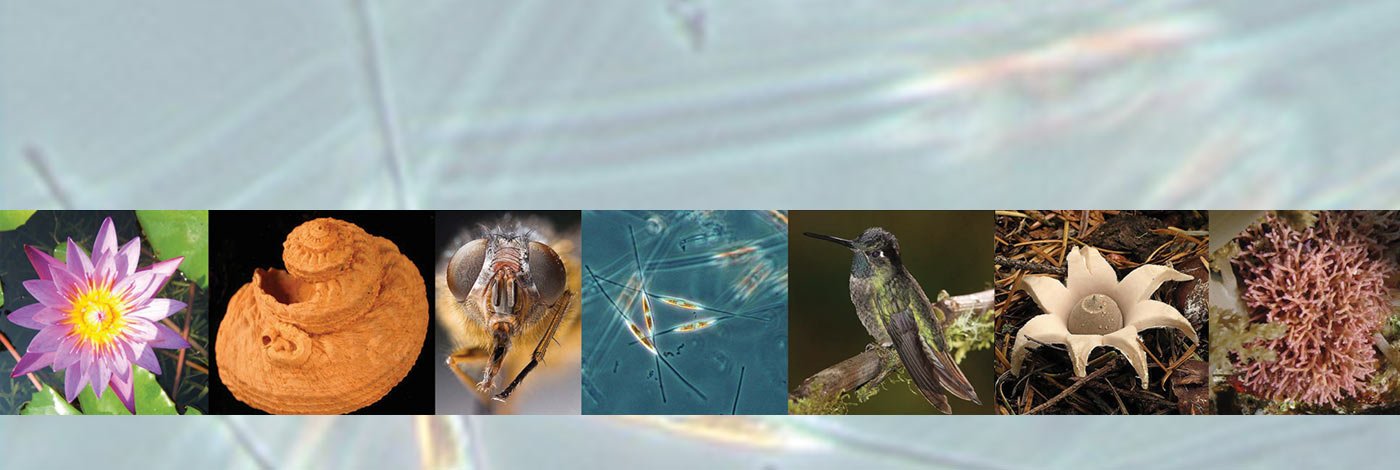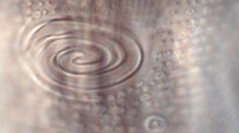

 European Journal of Taxonomy
2018 (405) - Pages 1-17
European Journal of Taxonomy
2018 (405) - Pages 1-17Two new species of the family Selachinematidae Cobb, 1915 from an intertidal sandy flat in the East China Sea are described. Both species are distinct rapacious nematodes, preying on other nematodes. Gammanema magnum sp. nov. is characterized by its leaf-like labial setae, large loop-shaped amphideal fovea in the male and small spiral ones in the female, an anterior buccal cavity reinforced by 12 rhabdia, each rhabdion with about six denticles, and two unequally long spicules. Gammanema magnum sp. nov. is a striking species, exhibiting extreme sexual dimorphism in the amphideal fovea, but lacking a gubernaculum or precloacal supplements, all features by which it can be differentiated from congeneric species. Synonchium caudatubatum sp. nov. is characterized by a posterior buccal cavity, with three mandibles each with a large tooth flanked by three smaller teeth on both sides, a transverse oval-shaped multispiral amphideal fovea, and a bluntly rounded tail with a protuberant caudal duct. Synonchium caudatubatum sp. nov. is unique in the genus in having a protuberant caudal duct in the tail end. Furthermore, it differs from its congeners by its mandibles, which have seven teeth each. Synonchium caudatubatum sp. nov. lacks a gubernaculum and a precloacal supplement, both features present in congeners except S. depressum Gerlach, 1954.
East China Sea, marine nematode, morphology, new species, sandy sediment.